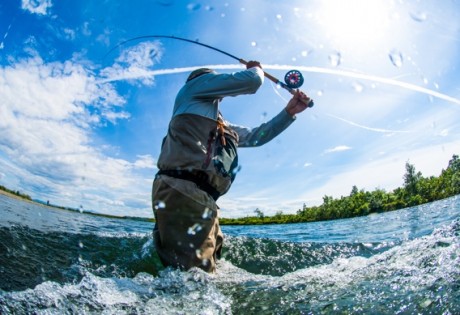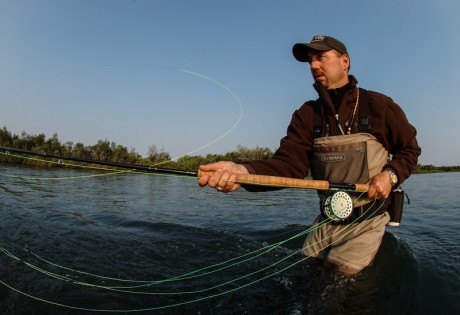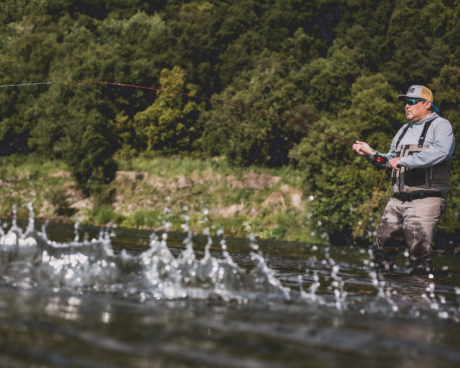
When it comes to Spey casting, everyone has their “go-to” cast. Your go-to cast is probably the first Spey cast you learned, and since you got good at it, you’ve built confidence, you stuck with it. We get it. We’ve been there too. The reality is mother nature, and the river itself can put you in situations where your “one cast” is not suitable or even possible. The river determines which side you’ll be fishing on, and mother nature controls the wind, rain, snow, etc., making casting a cacophony of challenges. Since you never truly know the conditions until you get to the river, being prepared with more than one Spey cast style makes you more adaptable to various fishing conditions.

Below are Four popular casts. If you’re reading this, you probably know how to do one or two of these casts. With all of them in your arsenal, you’ll be able to cover a broad spectrum of situations. We encourage you to up your game and learn alternative styles of Spey casting, not only because it will make you a more proficient Spey or Two – Hand angler, but because it’s simply cool to be able to huck a fly long distances in a variety of ways. Click the links below to get started.
Spey Casts You Should Learn:
- Single Spey – If you’re just starting out learn the single Spey first. If you’re an experienced caster, it wouldn’t hurt to get a refresher.
- Double Spey – Arguably the most well-known Spey cast.
- T Snap, C Spey, or Z – Great cast to have in the arsenal.
- Perry Poke – Famously the go-to cast for Alaska West Alum Ed Ward, it’s a versatile cast and fun.
Wind direction and River position determine which Spey cast you use. Click here for a lesson on picking the right cast for the right situation. In general, learning to Spey cast in more ways than one will enhance your Spey fishing experience.

Other Spye Fishing Tips:
Leave a Reply